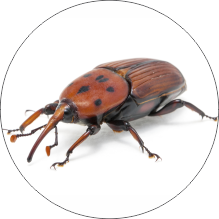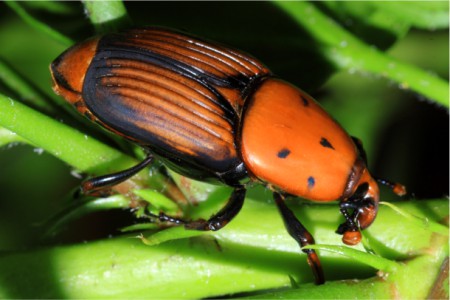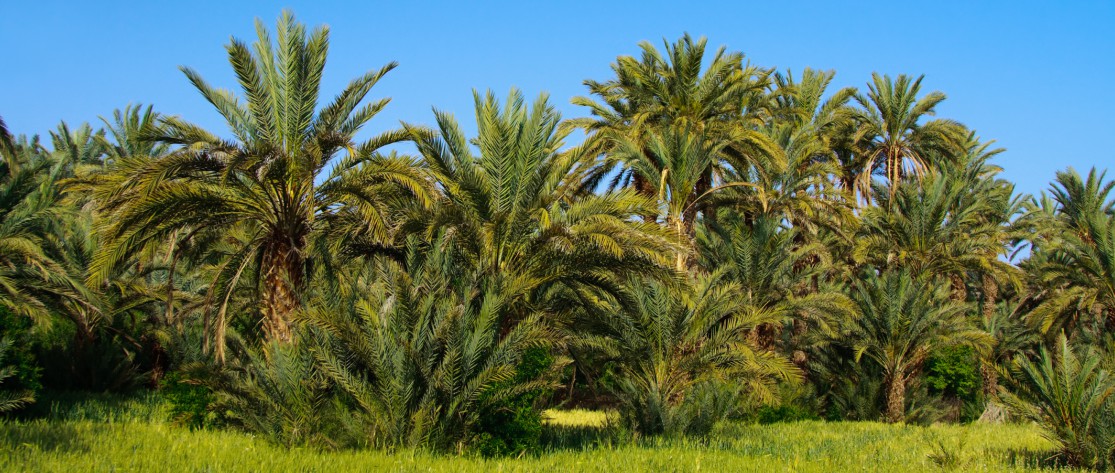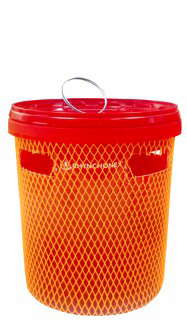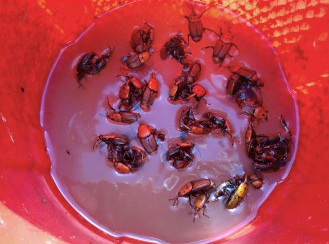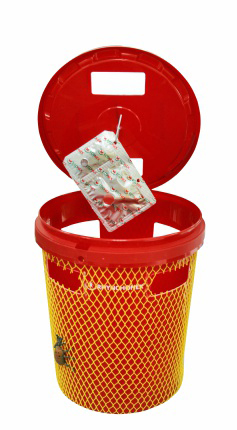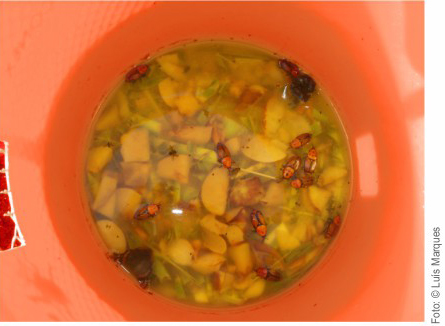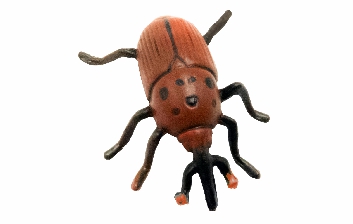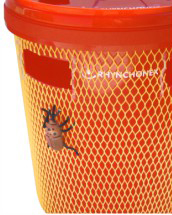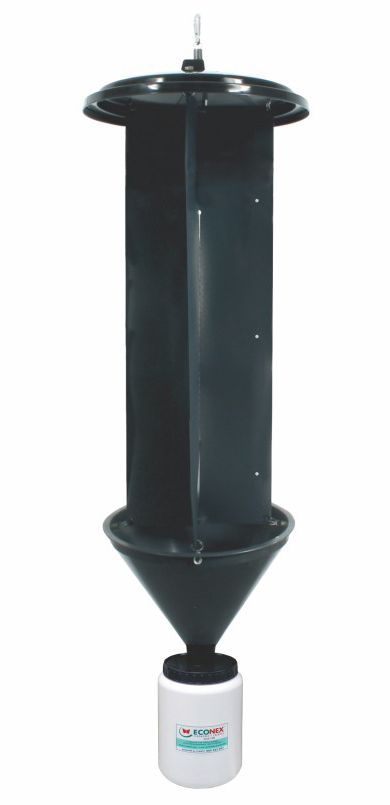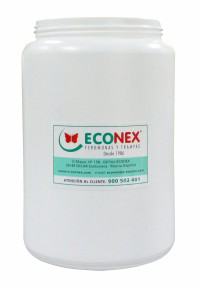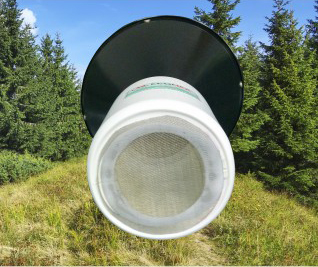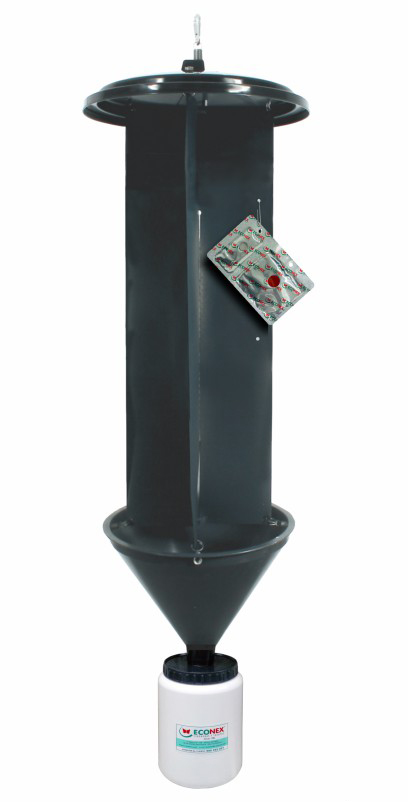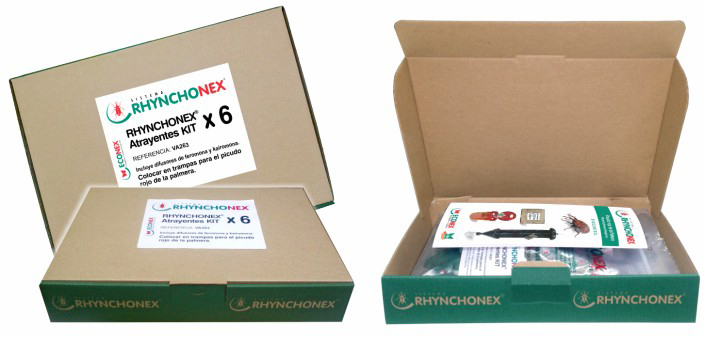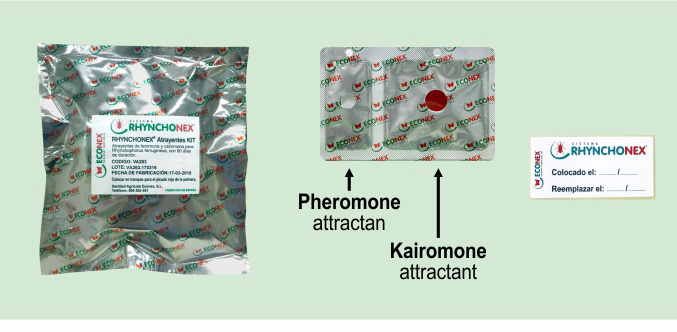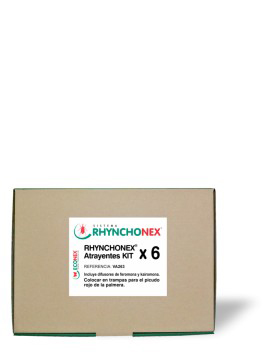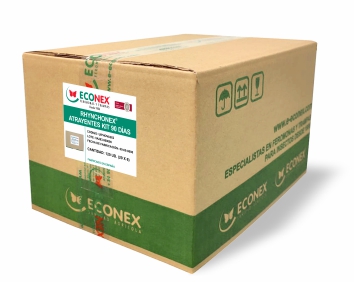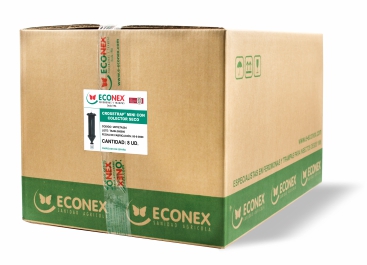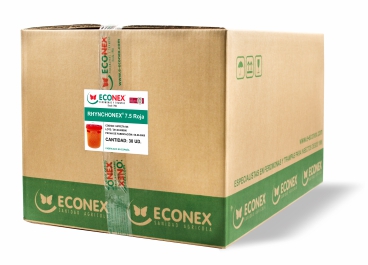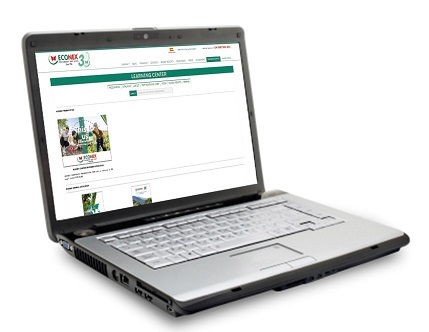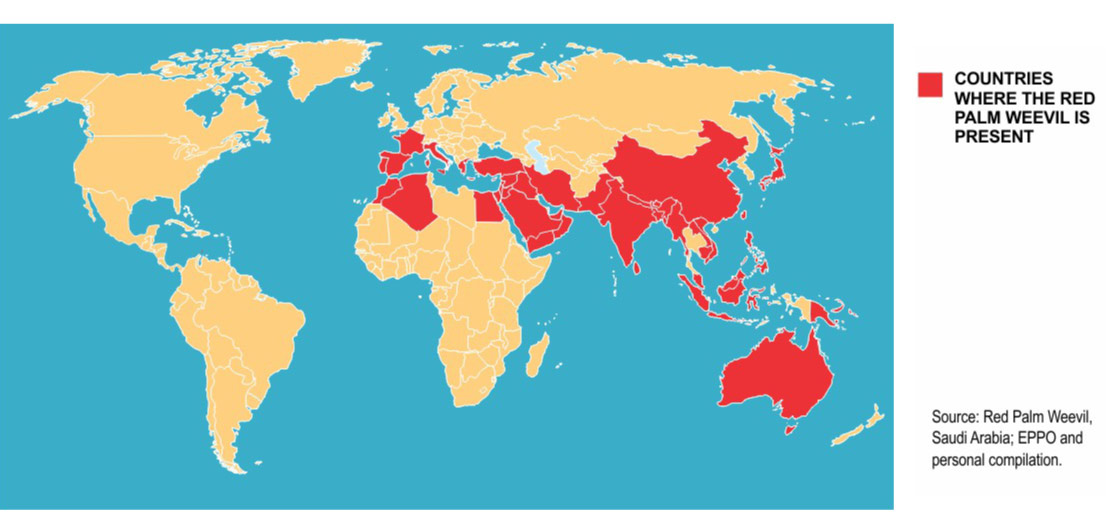
Saudi Arabia, Algeria, Aruba, Australia, Bangladesh, Bahrain, Bruma, Cambodia, China, Cyprus, Egypt, United Arab Emirates, Spain, the Philippines, France, Greece, India, Indonesia, Iraq, Iran, the Salomon Islands, Israel, Italy, Japan, Jordan, Kuwait, Laos, Malaysia, Morocco, Myanmar, Oman, Pakistan,
Papua New Guinea, Portugal, Samoa, Singapore, Syria, Sri Lanka, Taiwan, Thailand, Turkey, Vietnam and others.
Morphology and biology
Rhynchophorus ferrugineus is a coleopteran belonging to the Curculionidae family.
Adult: It is quite a large beetle, measuring between 2 and 5 cm long. The insects of this family are characterised for having an extended head in the shape of a beak (“face”), where the antennae are positioned in the shape of a reddish mace.
This characteristic, together with its eye-catching colour, gives this insect the common name of ‘red snout’.
The pre-thorax shows some very visible black stains that are different sizes and shapes. Along the elytrons the linear markings are emphasised and also black.
The males are differentiated from the females by a “comb” that is thick and has few hairs on the end of the beak.
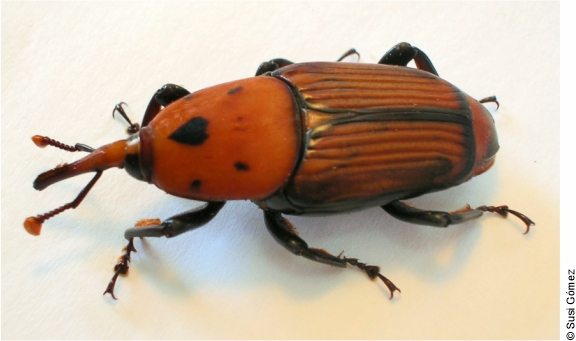
Male adult
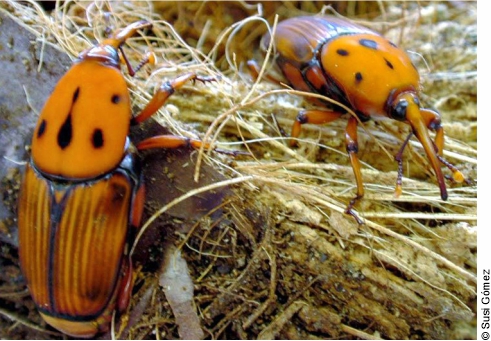
Female adults
Egg: It is oval-shaped. The eggs are laid individually on the soft tissue of the palm tree’s crown. It measures between 1 and 2.5 mm long. On average, the females lay between 300 and 400 eggs.
Larva: It grows inside the living tissues of the palm tree, until reaching between 3 and 5 cm in size. At the beginning it has a creamy white colour that in the last stage acquires a darker tone.
It is clearly apodous (with no legs).
Its general aspect is pear-shaped, which gives it a chubby look. The head, which is brown, has very powerful jaws that allow it to perforate the vegetable tissues of its host.
Pupa: It is typically found at the base of palm trees, surrounded by a good sized oval cocoon (4 to 6 cm long) made by the larva itself with fibres from the same palm tree.
This means that it is not easy to detect the insect unless the area where it has inserted itself is opened.
Their ability to reproduce is very important. In Spain the complete cycle, from egg to adult lasts between three and four months.
The adults do not usually abandon the palm tree where they have grown until it is practically destroyed. Therefore, there may be several generations inside the same palm tree, where all stages of the pest can be found at any given moment.
The adults have a strong ability for flying, which gives them the great advantage to disperse and colonise new palm trees. They seem to show a preference for hurt or weak palm trees. Once the first adults arrive at a suitable palm tree, the males generate an aggregation pheromone that attracts many Red palm weevils of both sexes.
The females deposit their eggs in holes made with their face (or beak), in wounds created during harvesting, pruning and desuckering.
The most common symptom that may raise suspicion of an insect attack is the withered appearance of the leaves in the centre of the crown, which may eventually dry up and remain hanging on the ground.
In very severe attacks, the entire crown of the palm tree ends ups drying out and then the palm tree dies. By pulling down the affected external branches, they fall off with ease.
At its base, galleries of larvae can be observed and very often the cocoons of the pupae.
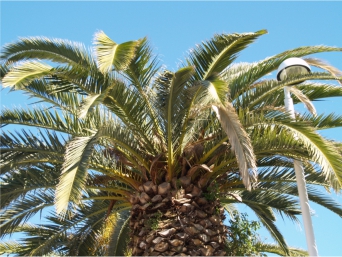
Symptom of dry or fallen young leaves
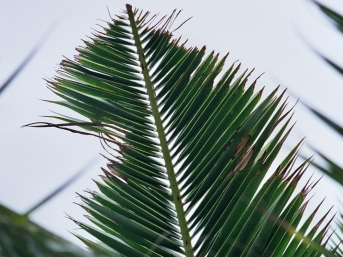
Symptom of chewed leaves on a Canarian palm tree
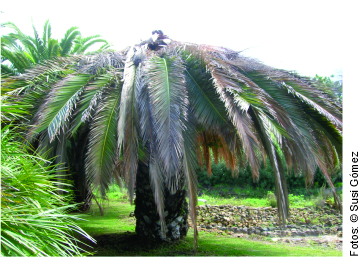
Final stage of Phoenix canariensis
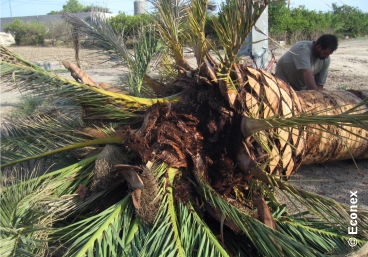
Dwarf fan palm completely destroyed
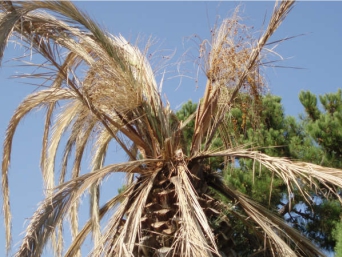
Final stage of Phoenix dactylifera
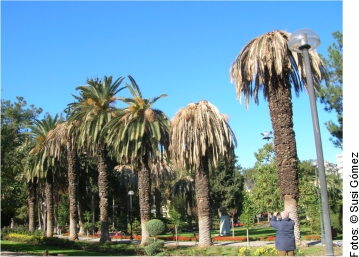
Mass death
On opening the crown of a palm tree with an advanced degree of infection, there are plenty of larvae of various sizes in a mass of fermenting tissue that gives off a distinctive unpleasant smell.
Affected palm trees die in the short term as the meristem or palm heart is completely destroyed, with its interior decaying.
Lifecycle
- Eggs
- - Less than 1 week.
- Larva
- - Approximately 4 to 6 weeks.
- Pupa
- - Approximately 2 or 3 weeks.
- Adults
- - Approximately 12 to 16 weeks.
Source: Leaflet «Curculiónido Ferruginoso o Picudo Rojo de las Palmeras», published by the Conselleria d´Agricultura, Pesca i Alimentació of the Generalitat Valenciana.
